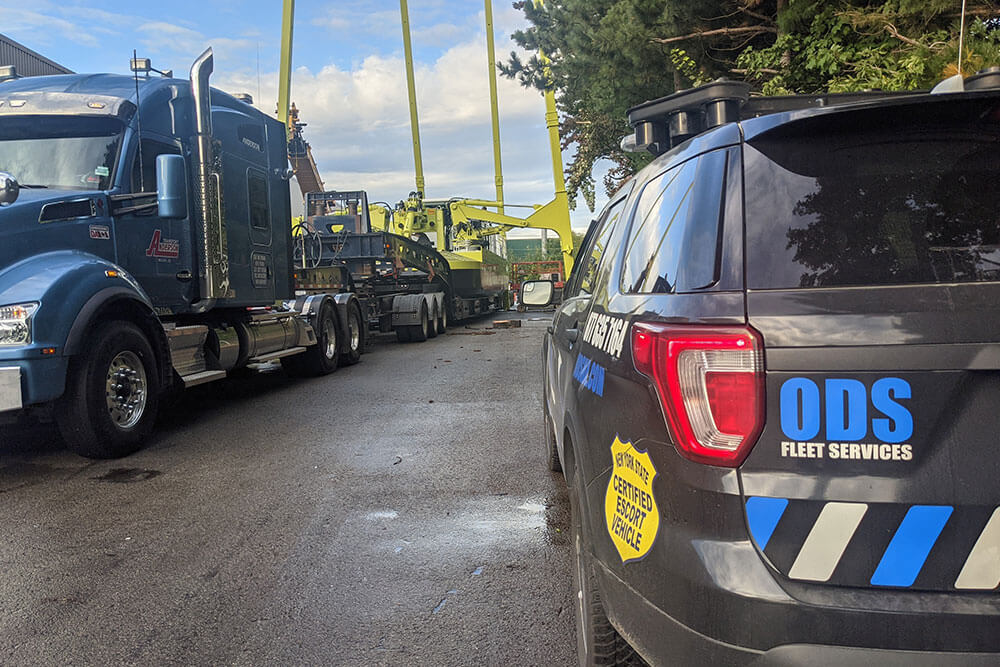Winter weather can be unpredictable, especially for pilot cars assisting in oversized load transportation. As November approaches, it’s crucial to ensure that pilot cars are well-prepared for the challenges that come with colder temperatures and hazardous road conditions. Here are some essential tips for getting your pilot cars ready for winter weather in the United States and Canada.
1. Check Your Vehicle
Before heading out in winter weather, make sure your pilot car is in optimal condition. Perform a thorough inspection, paying attention to the following areas:
- Tires: Ensure your tires have proper tread depth and are inflated to the recommended pressure.
- Battery: Check the battery to ensure it is fully charged and in good working condition.
- Fluids: Make sure all essential fluids, such as oil, coolant, and windshield washer fluid, are topped up.
- Lights: Test all lights, including headlights, taillights, and turn signals, to ensure they are working properly.
2. Equip Your Vehicle
In addition to checking your vehicle’s condition, it’s essential to equip it with the necessary tools and supplies to handle winter weather conditions effectively. Here are some items to have in your pilot car:
- Emergency Kit: Pack an emergency kit that includes items like blankets, a flashlight, extra batteries, food, water, and a first aid kit.
- Snow Removal Tools: Carry a shovel, ice scraper, and snowbrush to remove snow and ice from your vehicle as needed.
- Traction Aids: Consider carrying sand, kitty litter, or traction mats to help provide traction in slippery conditions.
3. Stay Informed
Stay updated on weather forecasts and road conditions before and during your journey. Use weather apps or websites to track approaching storms and plan your route accordingly. Make sure to:
- Monitor Road Conditions: Check for closures, accidents, and other road hazards along your route.
- Communicate: Stay in touch with your team and other relevant authorities to share updates and coordinate as needed.
4. Drive Safely
When operating a pilot car in winter weather, safety should always be the top priority. Follow these driving tips to ensure a safe journey:
- Reduce Speed: Drive at a reduced speed to account for slippery road conditions and reduced visibility.
- Increase Following Distance: Leave extra space between your vehicle and the one ahead to allow for longer stopping distances.
- Use Caution on Bridges and Overpasses: These areas tend to freeze first, so approach them with extra caution.
- Avoid Distracted Driving: Focus on the road and avoid distractions like using your phone or adjusting the radio.
Final Thoughts
As winter approaches, preparing your pilot car for November and winter weather is essential to ensure safe and efficient operations. By following these tips and staying vigilant on the road, you can navigate challenging winter conditions with confidence. Stay informed, stay prepared, and stay safe on the road.

